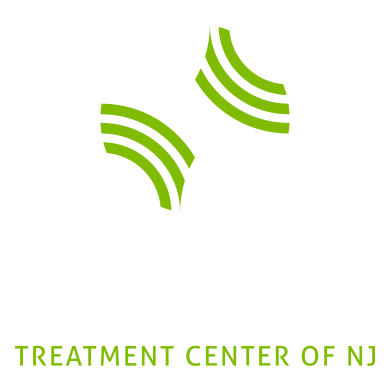Sharp Dissection in the Cleft: Your Pilonidal Cyst Doctor Gets Technical

The skin of the intergluteal cleft is the most inhospitable region to heal a surgical wound. Moisture, bacteria, and friction each contribute. Any pilonidal cystectomy technique that leaves an incision in the unforgiving cleft is potentially morbid. Moreover, the cleft anatomy is the driving force in the disease, and because it is not modified in any these techniques, recurrence is commonplace. A few of these surgeries deserve mention.
Excision with midline closure is one such flawed approach. This surgery leaves a centralized incision line at the deepest level of the cleft, and wound failures are the rule. The bottom segment of the wound is most vulnerable due to its hostile microenvironment, one with the highest moisture level and bacteria load relative to the remainder of the wound.
The technique that epitomizes the flaws of “cutting within the cleft” is the centralized excision with lay-open approach. Wound healing is not only delayed but wrought with painful care. If wound healing is achieved, the now deepened cleft with its thin, fragile scar is an ideal setting for pilonidal recurrence.


